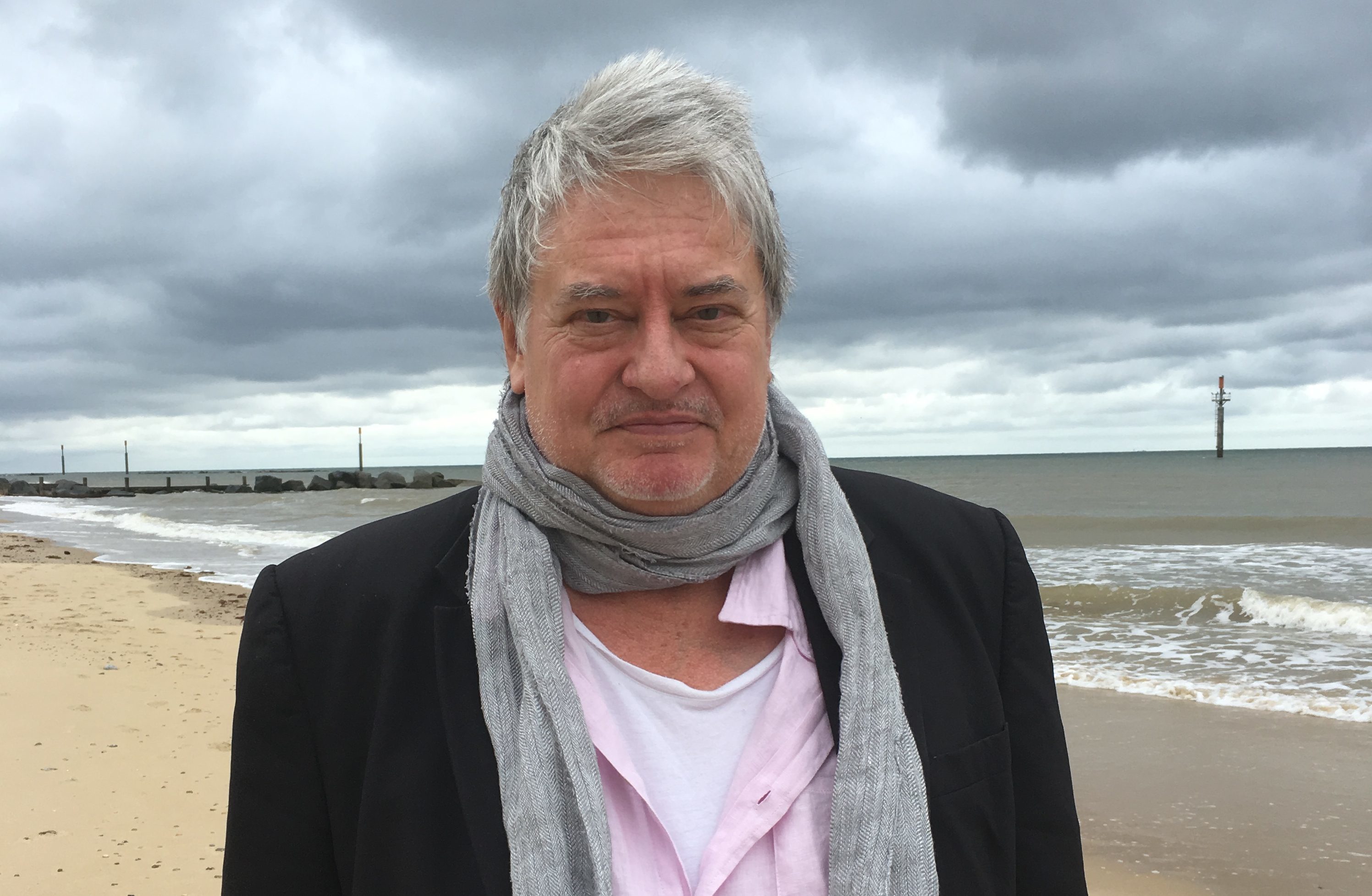
MICHAEL BANKS had everything.
An expat living in California, he had a high-flying career and a beautiful home in Mill Valley, just across the Golden Gate Bridge from San Francisco.
But then, as he explains: “I was diagnosed four years ago, aged 57, with chronic kidney disease.
“And by the time I was diagnosed, it was stage three out of four, four being failure.
“Despite my best efforts doing various things to arrest the downward spiral, I ended up having kidney failure in April, 2013.
“When it happened, I was on dialysis for 15 months, and the transplant was three years ago in the August of 2014.”
What makes this tale remarkable is that Michael’s partner Karin was the one who was willing to give up one of her own kidneys in order to save his life.
Michael, who has since written a book about his experiences, says: “When my kidneys failed, she left work and came straight to the hospital, sat on the end of my bed and said: ‘How can I help?’
“When you’re in a situation like that, emotions are running high and I said: ‘Well, can you give me one of your kidneys?’
“Talk about putting someone on the spot!
“It took her a while to make up her mind, but anyone would need time to think about that, it’s a huge decision.
“I think I asked her straight out like that partly because I was quite medicated, and also because I was just terrified.
“I was thinking: ‘What if I can’t get a kidney?’
“My possible future flashed before my eyes.
“We went to a hospital in LA because they’d developed a procedure that allows people to have a transplant when they’re not a match.
“As it turned out, we were a match, not only in blood type — which is amazing enough — but also in tissue compatibility, which was great because even when you’re a match, there’s a risk of rejection,” explains Michael.
“I’ve had two rejection episodes, the most recent at Christmas when it was touch and go for a while, but right now, both Karin and myself are doing OK.”
Michael’s failing kidneys would normally have been picked up at an early stage by routine health checks but he reveals: “I didn’t have health insurance so I didn’t get tested.
“Basically, it was too expensive.
“I never went to the doctor for an annual check-up or anything, so by the time I did get a blood test, it was too late, really.
“And then, the hospital wouldn’t carry out the transplant until I could prove I could pay for the aftercare!
“Can you imagine? What coverage I had was based on an Act of Congress from the 70s that said anyone with kidney failure can qualify early for Medicare, which is the health insurance that kicks in in America from 65 onwards,” Michael reveals.
“But it only covered up to the end of the transplant so we had to raise money for the aftercare through crowdfunding.
“We set a target of $65,000 and we exceeded that thanks to more than 150 different individuals — even people I hadn’t seen for 35 years.
“At the time, I said to Karin: ‘I’ll be better within six months!’
“But I wasn’t at all.
“It’s taken me three years to get to this point, and I’d say I’m still in recovery.
“I’ve still got a lot of weight to lose that I accumulated when I was on dialysis because I didn’t have hemodialysis which most people go on to.
“With that, you have to go to a clinic three times a week and it flushes the blood out.
“I was on peritoneal dialysis where you basically get hooked up to a computer at the side of your bed every night for eight hours while dextrose solution is fed by a tube into the peritoneum — the space next to the stomach.
“The solution goes in, it uses the peritoneum as a filter and then it’s taken out again in an elaborate procedure.
“The dextrose solution is basically sugar, though, so I was told I was adding at least 1,000 calories every night!
“I started to expand around my stomach, and over 15 months I put on 70lbs.
“It looked like I was hugely pregnant and I had to carry that around, which put a strain on my heart and my breathing, and I couldn’t pull my socks on because of my huge belly.
“Some other things are with me still, there are so many side effects from what has happened that I’m dealing with, but I can walk pain-free now.
“Since we moved back to England this year, we got a little Yorkshire terrier and I walk the dog every day, which is helping me lose the weight, and I fantasise about playing cricket again!” adds Michael.
“It’s been an ongoing process to lose it all again, and I’ve still got 30lbs to go.
“I’m a lot better than I was, it’s been a tough three years, but right now my kidney is better than it was before the transplant — so that’s great.”
Gotta Kidney?! by Michael Banks is available now from Amazon.
For more information visit www.gottakidney.com

Enjoy the convenience of having The Sunday Post delivered as a digital ePaper straight to your smartphone, tablet or computer.
Subscribe for only £5.49 a month and enjoy all the benefits of the printed paper as a digital replica.
Subscribe